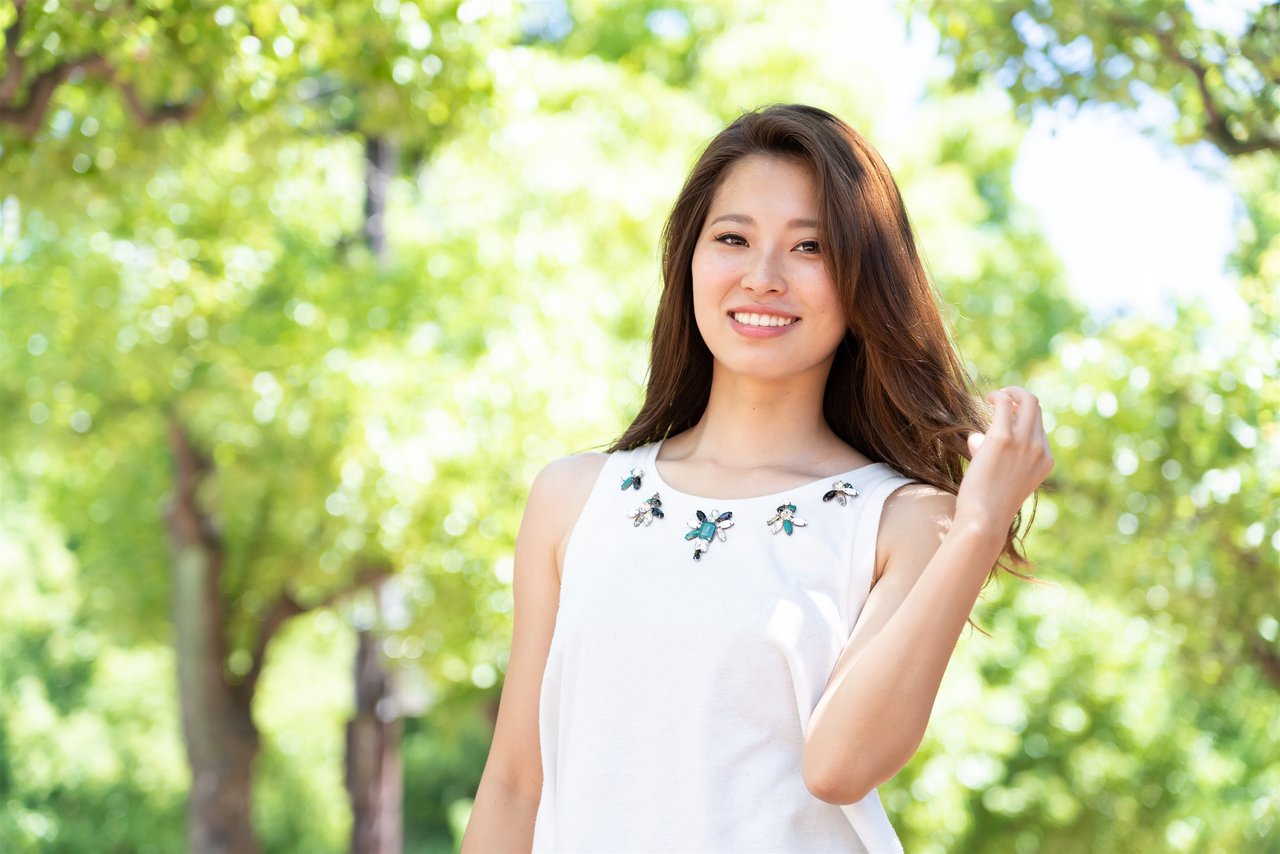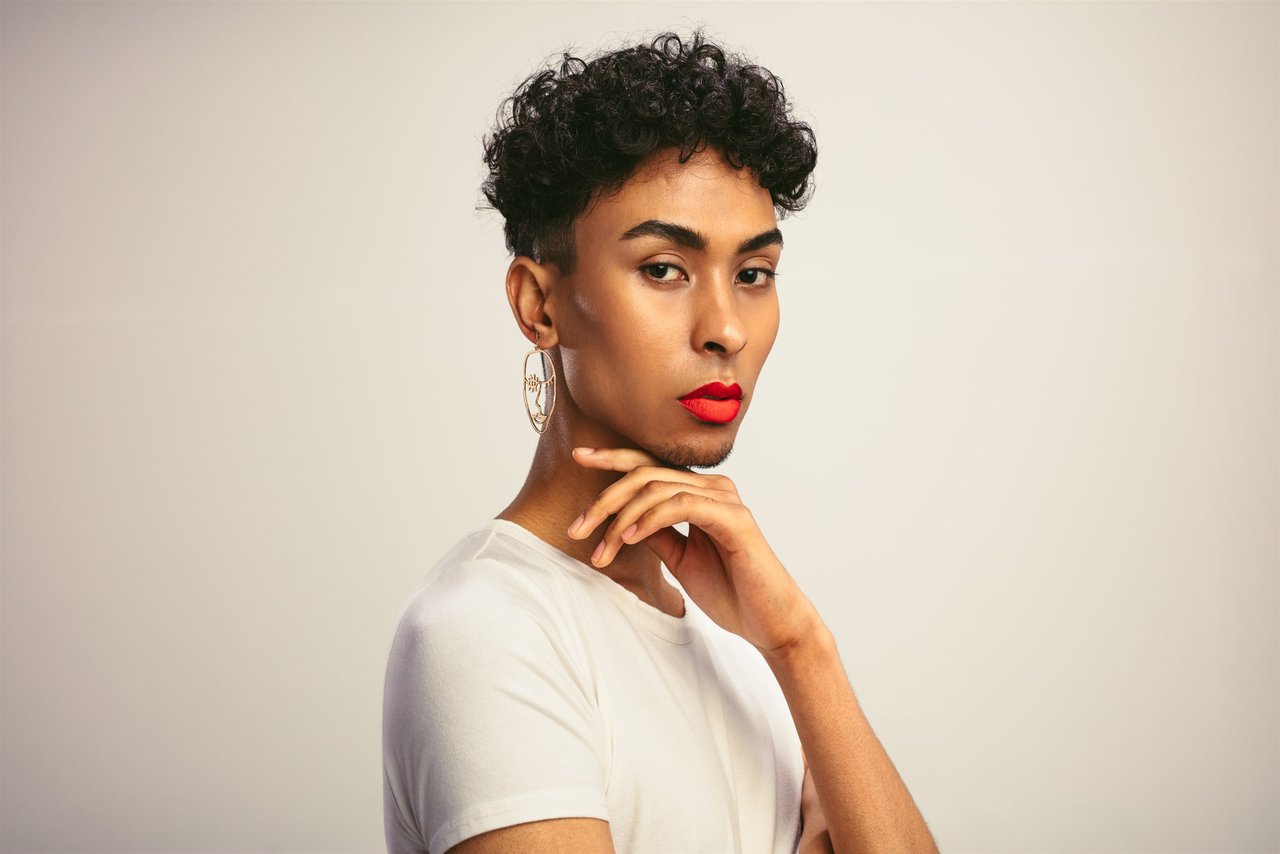Meaning of Queer as an Umbrella Term in the LGBTQ Community
The definition of queer sits at the intersection of identity, possibility, and rebellion. Originally used to mean strange or odd, queer has transformed into a term that resists boxes. Today, queer is an umbrella term in the LGBTQ community, covering people whose sexual orientation or gender identity breaks from rigid norms. It offers space for those who don’t fit gay, lesbian, bisexual, or transgender categories, and those who feel more at home in the gray zones of sexuality and gender. Fluidity lives at the core of the queer meaning, acknowledging that identity often shifts and doesn’t need perfect language. Using queer means embracing diversity—not just in who we love, but how we think and express ourselves. This term says: There’s more to sexuality and gender than checkboxes. As you learn more, you’ll see how this one word unites a complicated, beautiful mass of people into a community built on difference and honesty.
Queer History: From Slur to Pride and Its Role in LGBTQ Movements
The history of queer stretches across centuries, starting as a descriptor for the unusual or peculiar in English usage during the 19th century. It turned sour with time, becoming a weaponized slur hurled at people outside heterosexual and cisgender norms. But language evolves under social pressure and courage. In the late 20th century, especially after the 1969 Stonewall riots, activists fought to reclaim queer, transforming it into a badge of resilience and authenticity. Key moments in queer history include:
- The broadening of the term in the 1980s, propelled by activists challenging the boundaries of sexual orientation and gender identity.
- The Queer Nation movement in 1990, which explicitly reclaimed the term in protests and public campaigns.
- Widespread academic adoption as “queer theory” began influencing universities and social discussions.
- Queer Pride events growing globally, making space for fluidity and intersectionality in the LGBTQ movement.
Seeing its past, you realize—every word’s meaning can shift through collective power and desire for justice.
Reclaiming Queer: Activism, Pride, and Inclusive Language on Shemaledating12.com
Reclaiming queer was both an act of survival and radical acceptance. Activists in the LGBTQ community took the sting out of a slur and redefined it as a banner of self-identification and collective power. Especially following the echoes of the Stonewall riots, queer was no longer just an insult—it was a declaration. “We’re here, we’re queer,” became a chant that shook walls and opened doors. Today, sites like Shemaledating12.com embed inclusive language into every corner, making it clear that all people under the queer umbrella—no matter their history or label—are welcome. The impact of this reclamation goes deep: it creates room for those who feel boxed in by older labels, acknowledges ongoing pain the word carries for some, and prizes individual choice. Queer is now both a shield and an invitation—an activism-born word that asks, “Who are you, and how do you want to be seen?”


